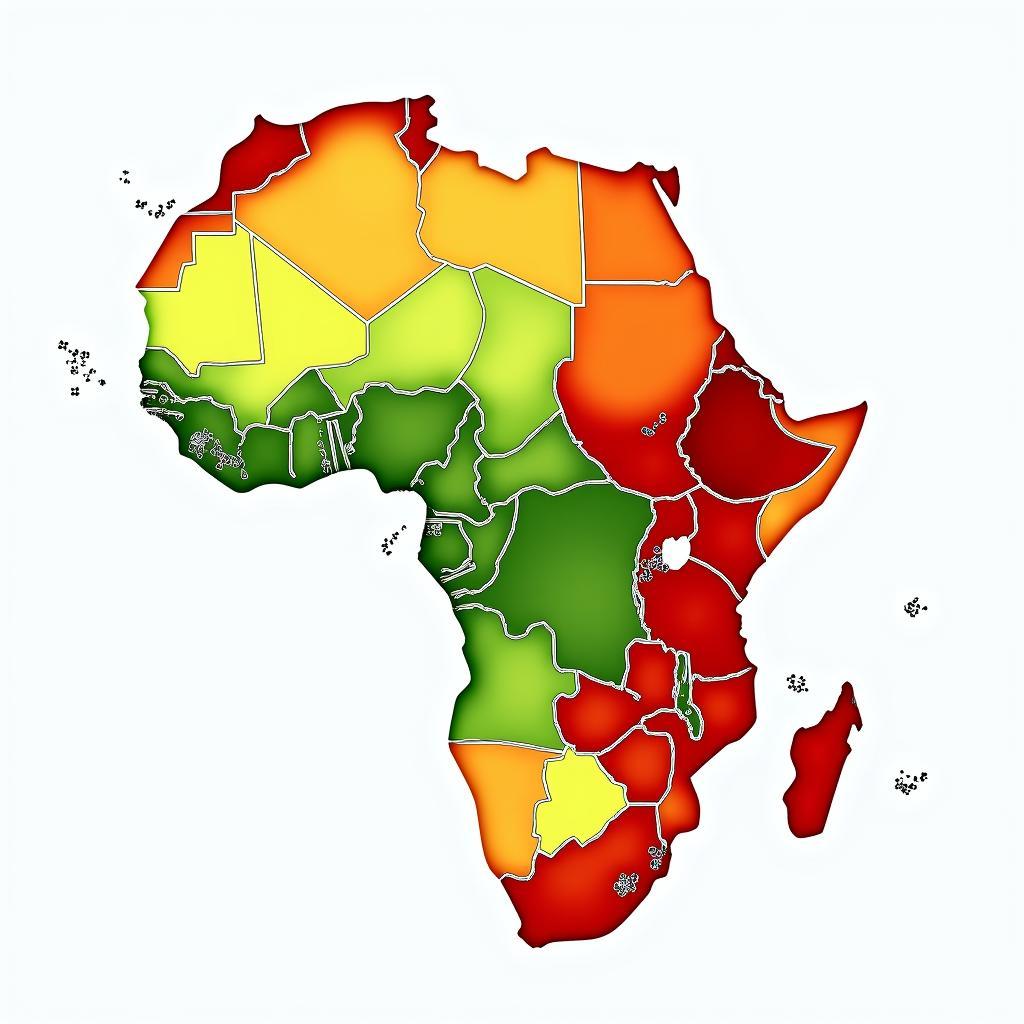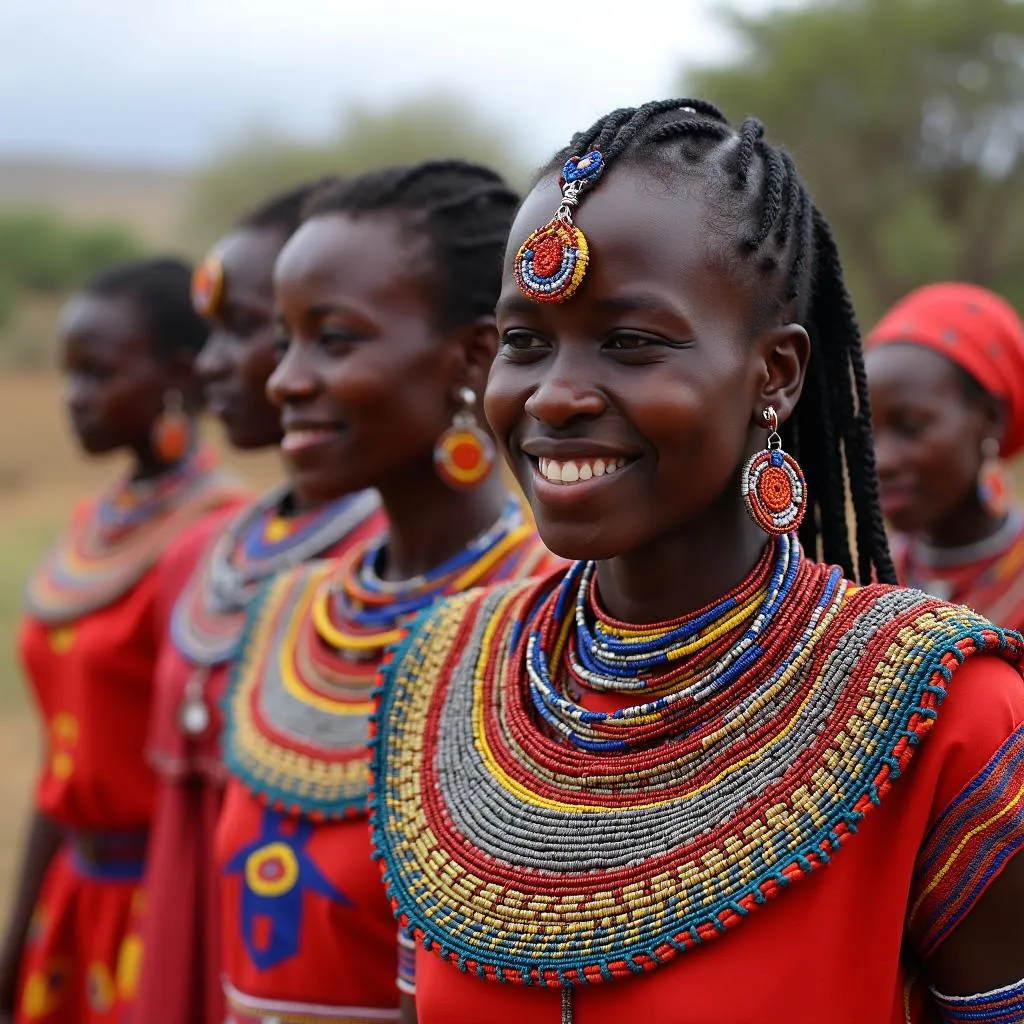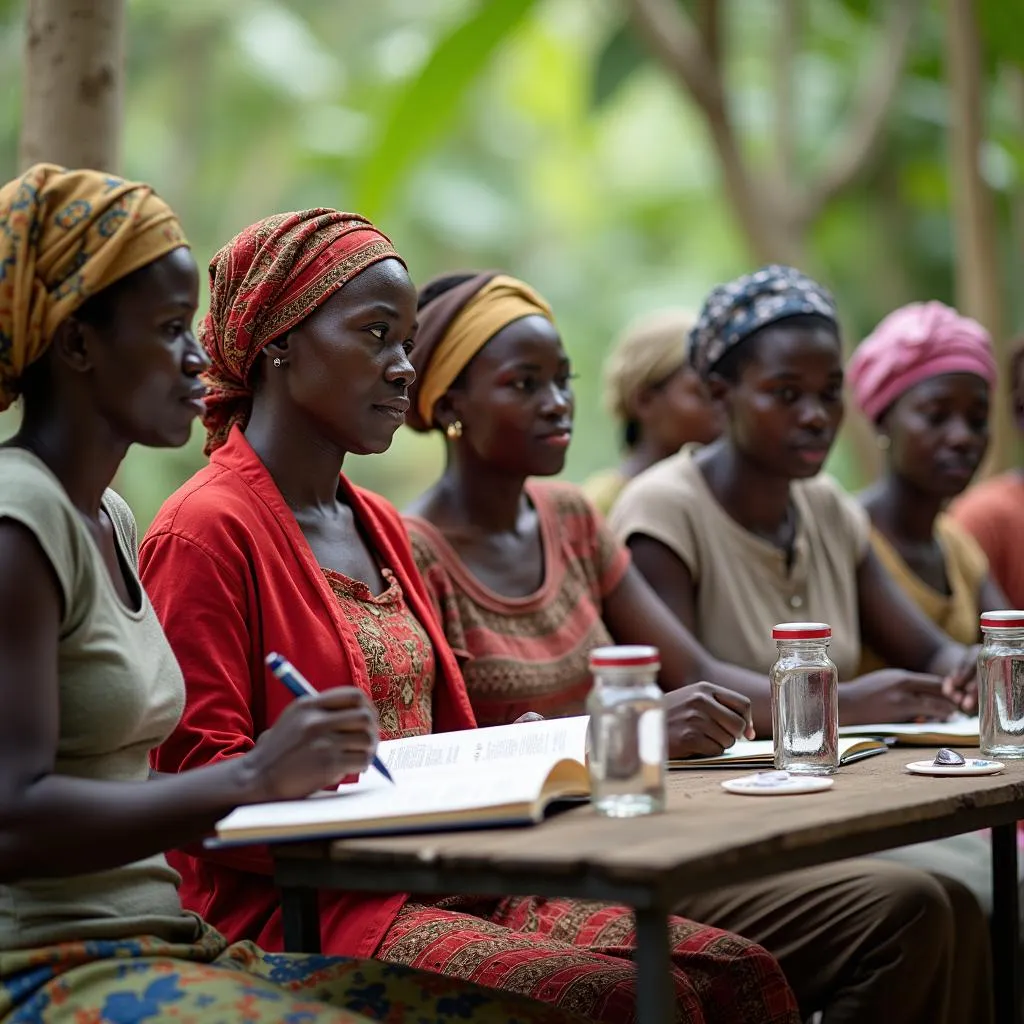African Countries by Population Density: A Diverse Landscape
Africa, the world’s second-largest and second-most-populous continent, boasts a diverse landscape, both physically and demographically. When we talk about “African Countries By Population Density,” we uncover a fascinating mosaic reflecting diverse geographical realities, urbanization trends, and historical influences.
 African Population Density Map
African Population Density Map
Unpacking Population Density: Beyond the Numbers
Population density, simply put, is the average number of people living within a specific area, usually measured in persons per square kilometer (sq km). While it provides a snapshot of population distribution, it’s crucial to remember that this metric doesn’t tell the whole story.
For instance, a country like Egypt might have a relatively high population density, but a closer look reveals that a significant portion of its landmass is covered by the sparsely populated Sahara Desert. This means the majority of the population is concentrated along the fertile Nile River Valley. Similarly, countries like Nigeria and South Africa, while densely populated overall, exhibit stark contrasts between crowded urban centers and more sparsely populated rural areas.
Factors Shaping Population Distribution
Several factors contribute to the varying population densities across African countries:
-
Climate and Geography: Arable land and access to water sources have historically been major determinants of population concentration. This explains the higher densities found in countries with favorable climates and fertile regions like the Nile Valley, the Ethiopian Highlands, and the coastal areas of West Africa.
-
Urbanization: Like many other parts of the world, Africa is experiencing rapid urbanization. Cities like Lagos in Nigeria, Cairo in Egypt, and Kinshasa in the Democratic Republic of Congo are magnets for people seeking better opportunities and living standards, leading to high population densities in these urban areas.
-
Economic Activities: The distribution of natural resources, industries, and economic opportunities plays a significant role. Mining regions, for example, tend to attract large populations seeking employment, influencing the demographic makeup of those areas.
Navigating the Challenges and Opportunities
Understanding population density is key to addressing various challenges and harnessing opportunities in Africa.
-
Resource Allocation: Governments can use population density data to plan infrastructure development, healthcare services, and educational facilities more effectively. By understanding where people are concentrated, resources can be allocated more efficiently.
-
Urban Planning: Rapid urbanization necessitates strategic urban planning to address challenges like housing shortages, traffic congestion, and pressure on public services. Understanding population density trends in cities is crucial for creating sustainable and livable urban environments.
-
Economic Development: Knowledge of population distribution can guide investments in sectors like agriculture, manufacturing, and tourism. By understanding the workforce distribution, policymakers can encourage balanced economic growth across different regions.
African Culture and the Human Element
While population density provides a valuable lens for understanding Africa’s demographic landscape, it’s crucial to remember the human element.
African culture is deeply rooted in community, family, and a profound connection to the land. Whether in densely populated cities or sparsely inhabited rural areas, the values of hospitality, resilience, and a vibrant artistic spirit shine through.
Understanding “African countries by population density” requires moving beyond mere numbers and recognizing the intricate interplay of geographical, economic, and cultural factors that shape the continent’s diverse tapestry. It’s about appreciating the challenges and opportunities that this diversity presents and celebrating the resilience and spirit of the African people.

